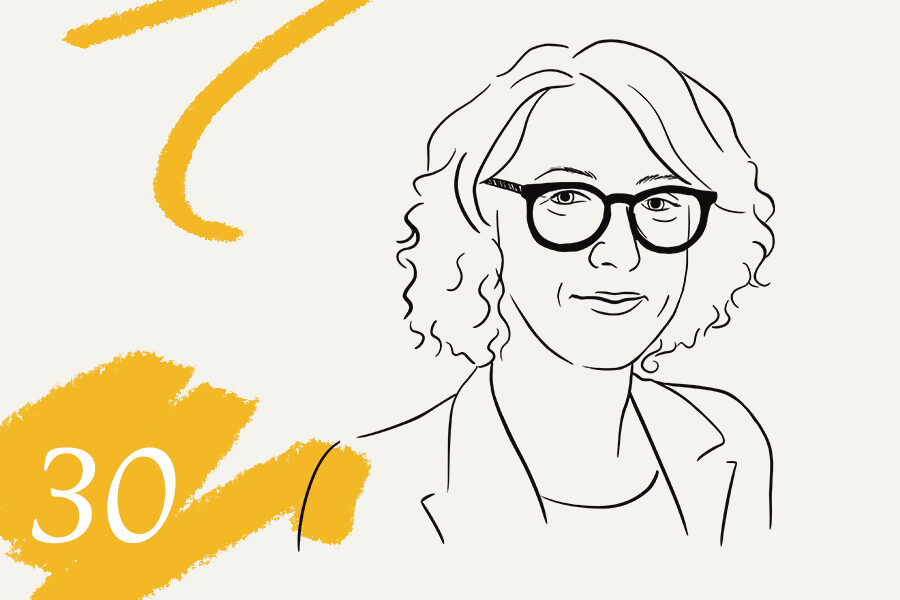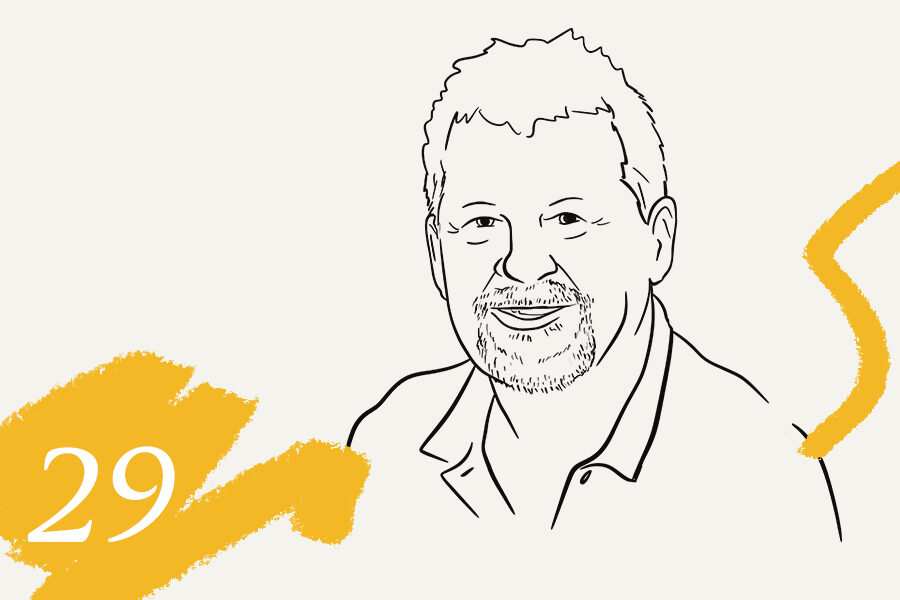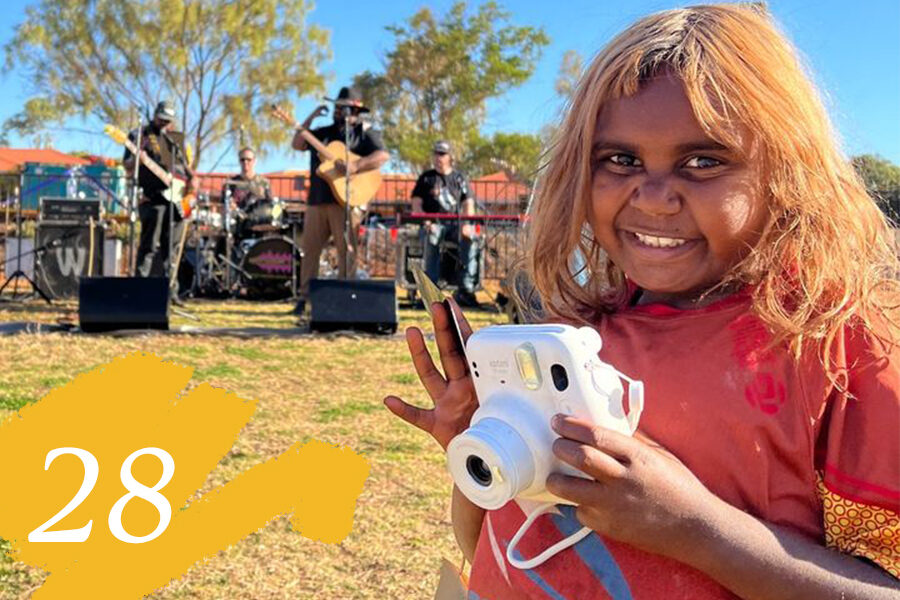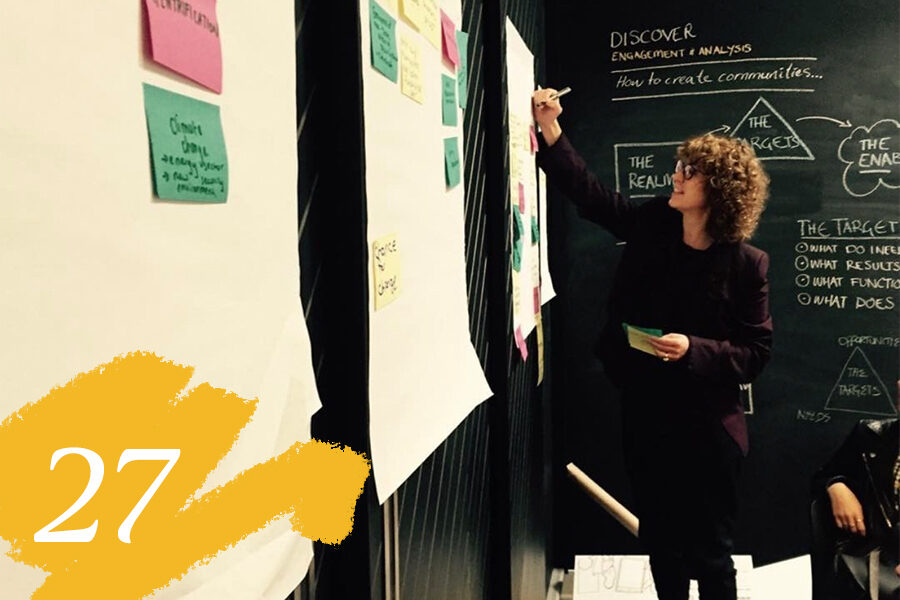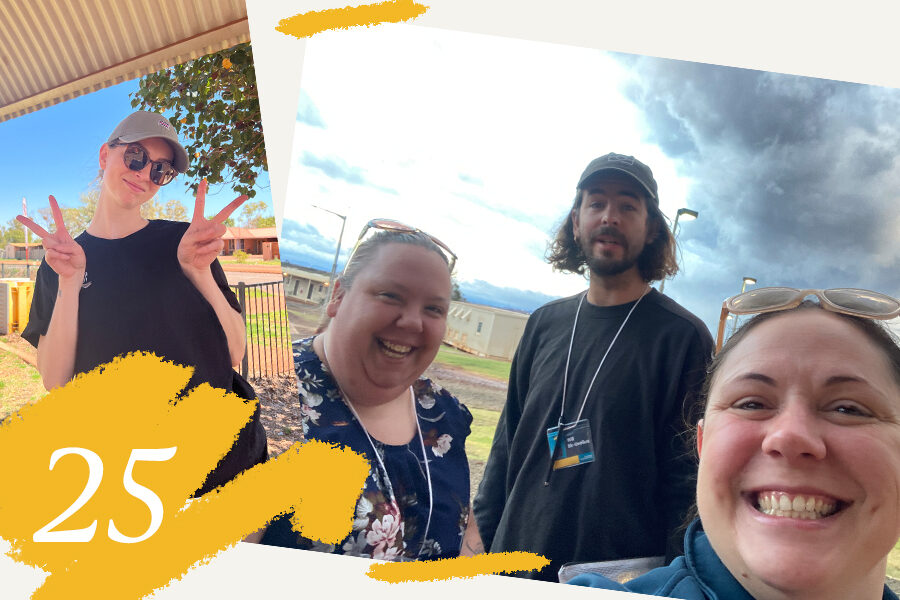Management guru, Peter Drucker, is often attributed with the quote, “Culture eats strategy for breakfast”. It wasn’t him, but he did say something in the ballpark: “Culture—no matter how defined—is singularly persistent”.
At Creating Communities, we believe that culture eats strategy for breakfast, lunch and dinner.
Drucker wasn’t suggesting that strategy is unimportant. Nor are we – it’s enormously important. Ultimately, though, it’s a servant of culture. Strategy rises and falls in concert with culture. Culture allows strategy. Or stops it dead.
Even the strongest strategy can be made impotent by bad culture – overwhelmed by a set of beliefs, values, stories and structures that make it dead in the water.
Over decades, we’ve partnered with communities to unlock, identify and recover the culture.
We’ve encouraged the culture that has shaped our own identity and processes to shape how we collaborate with partners, stakeholders, residents, and community members.
“The prevailing culture of a community can be the greatest accelerator or retardant of achieving strategy,” said the Founding Director of Creating Communities, Allan Tranter.
“The culture of a community or organisation allows a whole lot of things to happen, including strategy, so to address strategy as a silo is floored because you may not have the culture to facilitate the strategy that you’re trying to implement.
“Diving into the values, practices, rituals, and organisation of a community becomes the necessary starting point for implementing strategy.
“What we’ve found over the decades is that communities aren’t necessarily who they want to be – sometimes they need a guiding coalition that can help redefine and chart a course for the future of a community.
“Once articulated, buy-in is possible. And once there’s buy-in, culture can take root, and the ground for realising powerful community strategies and outcomes becomes increasingly fertile.
“Collaboration increasingly becomes second nature as culture and values align – it’s a common page from which to progress and it tends to happen through the lens of a co-design process,” Tranter added.
A tangible outcome of a co-design process was Martu Patrol – an Indigenous-led night patrol that has formed part of our Newman Futures Project.
Creating Communities Collective Impact Lead, Jessica Barker, offered further context for the power of culture in action and shaping strategy.
“We worked with a group of stakeholders to set up a series of full-day engagements to gain a collective understanding of how it could work. What grew was a safe environment to share aspirations.
“The Martu people were generous in giving us an understanding of their kinship and cultural knowledge of how this could and wouldn’t work depending on our approach. They know the family networks, they’re aware of the catalysts for what’s happening behind the behaviour of a young person (for example).
Often, culture is a deliberate process of articulating the observable. Sometimes it’s been through giving voice to those culture-holders that may have gone unheard for generations. And other times, in new spaces, it’s a creative and collaborative process to discover a community’s aspirations and the culture they want to cultivate and affirm.
The work with Martu Patrol also speaks to the power of Collective Impact.

“Without the pre-existing long-term relationships of other stakeholders around the table, Martu Patrol would have taken many more years of trust-building. Instead, because of the body of trust between other stakeholders, we were able to work towards a shared vision together.
“Martu Patrol was up and running in a couple of months. To me this a testimony to the strength of Collective Impact among a group of committed stakeholders,” said
